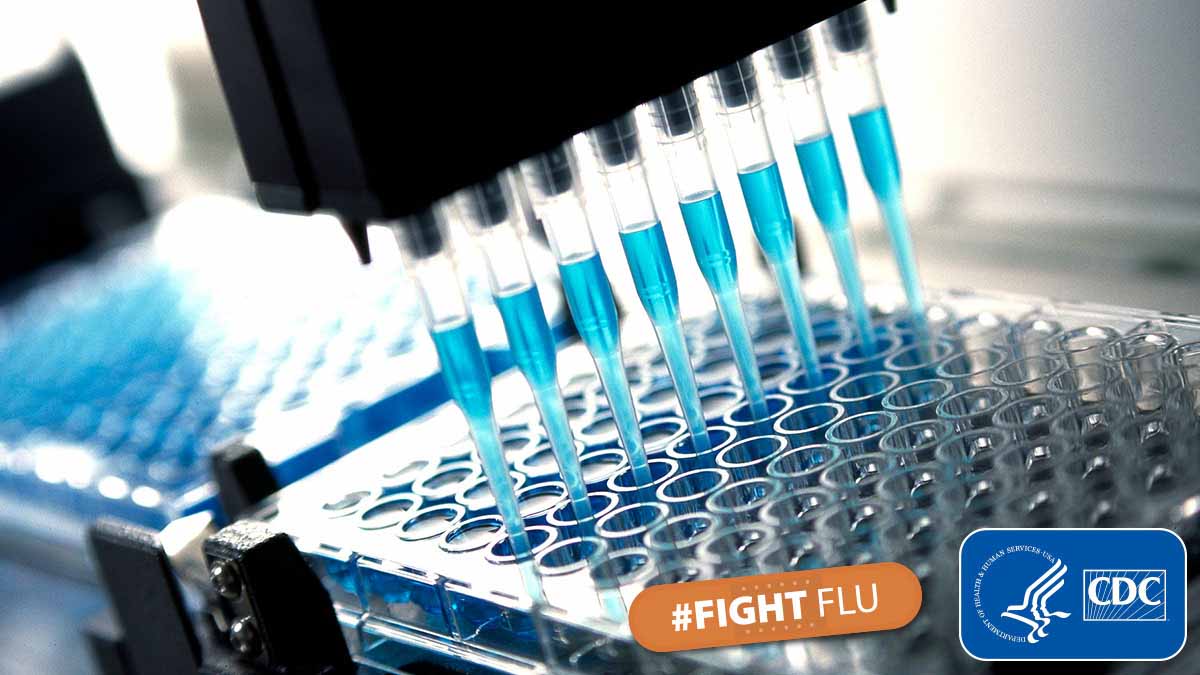What to know
This document provides guidance for state and local health departments conducting investigations of possible human infections with avian influenza A viruses in the United States. The following definitions are for the purpose of investigations of confirmed cases, probable cases, and cases of avian influenza A virus infection under investigation in the United States. Until further notification, CDC is requesting notification of all possible cases of avian influenza A virus infection (confirmed, probable and suspected/case under investigation).

Human Infection with Avian Influenza Virus Case Definitions
Notice
Confirmed Case:
Avian influenza A virus infection in a person that is confirmed by CDC's Influenza Division Laboratory or a CDC designated laboratory using methods mutually agreed upon by CDC and the Council of State and Territorial Epidemiologists (CSTE).
Suspected Case (also called Case Under Investigation):
A person meeting criteria for avian influenza A virus infection below and for whom confirmatory laboratory test results are unknown or pending.
Probable Case:
A person meeting criteria for avian influenza A virus infection below and for whom laboratory test results do not provide a sufficient level of detail to confirm HPAI A H5 virus infection.
Criteria for Avian Influenza A Virus Testing
Testing should be performed on persons who meet Epidemiologic criteria AND either Clinical OR Public Health Response criteria.
Epidemiologic Criteria
Persons with recent exposure (within 10 days) to avian influenza A viruses through one of the following:
- Exposure to A(H5), A(H7), or A(H9) virus infected birds is defined as follows:
- Close exposure (within 2 meters) to birds, with confirmed avian influenza A virus infection by A(H5), A(H7), or A(H9) viruses. Bird exposures can include, but are not limited to handling, slaughtering, defeathering, butchering, culling, or preparation of birds for consumption; OR
- Direct contact with surfaces contaminated with feces or bird parts (e.g., carcasses, internal organs) from infected birds; OR
- Visiting a live poultry market with confirmed bird infections or associated with a case of human infection with avian influenza A virus.
- Close exposure (within 2 meters) to birds, with confirmed avian influenza A virus infection by A(H5), A(H7), or A(H9) viruses. Bird exposures can include, but are not limited to handling, slaughtering, defeathering, butchering, culling, or preparation of birds for consumption; OR
- Exposure to an infected person – Close (within 2 meters) unprotected (without use of respiratory and eye protection) exposure to a person who is a confirmed, probable, or symptomatic suspected case of human infection with avian influenza A virus (e.g. in a household or healthcare facility).
- Laboratory exposure – Unprotected (without use of respiratory and eye protection) exposure to avian influenza A virus in a laboratory.
Clinical Criteria
Persons with signs and symptoms consistent with acute or lower respiratory tract infection or conjunctivitis, or complications of acute respiratory illness without an identified cause. Examples include but are not limited to:
- Mild flu-like illness (cough, sore throat, fever or feeling feverish, rhinorrhea, fatigue, myalgia, arthralgia, headache) or conjunctivitis (red eye, discharge from eye)
- Moderate to severe illness: shortness of breath or difficulty breathing, altered mental status, seizures
- Complications: pneumonia, respiratory failure, acute respiratory distress syndrome, multi-organ failure, meningoencephalitis
Public Health Response Criteria
Asymptomatic persons whom public health authorities, in consultation with CDC, determine that testing is needed in order to assess the clinical spectrum of infection with avian influenza A virus as part of public health investigations.
